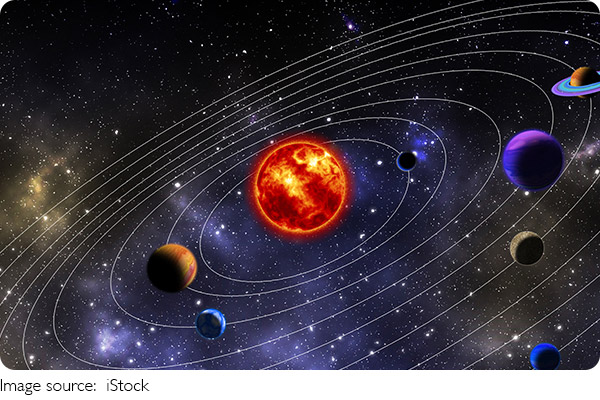Star Formation Explained

When we look at the night sky, we often see tiny points of light twinkling far away. But have you ever wondered—where do stars come from? Just like living things, stars have a beginning, a middle, and an end.
And their journey starts in one of the coldest and darkest places in the universe: a giant cloud of gas and dust.
The birth starts in a nebula
Stars begin their life in a nebula, which is a huge cloud made mostly of hydrogen gas and tiny bits of dust. These clouds can stretch across light-years and look soft and glowing when seen through telescopes. Some nebulae are leftovers from old stars, while others are just floating silently in space.
Inside these clouds, something eventually triggers change—it could be a shockwave from a nearby exploding star or two clouds crashing together. This disturbance causes parts of the cloud to clump up under gravity.
Gravity pulls it all in
Once gravity starts pulling the gas and dust together, things move quickly. The clumps begin to shrink and get denser. As the material falls inward, the center gets hotter and hotter. This growing clump is now called a protostar—kind of like a baby star that hasn't quite turned on yet.
At this stage, the protostar is surrounded by a swirling disk of leftover material. Some of this might eventually form planets, moons, or other space debris. But the real excitement is happening in the core.
Heat leads to fusion
As the protostar gets more compressed, its core temperature reaches around 10 million degrees Celsius. At this point, something amazing happens—nuclear fusion begins. This is when hydrogen atoms smash together to form helium, releasing a huge amount of energy in the process. This energy pushes outward and balances the inward pull of gravity.
Now, the star is officially "born." It starts shining and joins the rest of the stars in the sky. Depending on its size, it could live for millions or even billions of years.
Star size makes a difference
Not all stars are the same. Some are small and cool, like red dwarfs, which can burn slowly for trillions of years. Others, like our Sun, shine for around 10 billion years. Then there are massive stars that are hot, bright, and live fast—they burn through their fuel quickly and explode as spectacular supernovas.
The star's size also affects what happens at the end of its life, but that's a story for another time.
Stars keep the universe alive
Stars don't just light up the sky—they're the reason planets, life, and even we exist. The heavy elements in our bodies, like carbon and oxygen, were created inside ancient stars and spread through space when those stars died. In a way, we're all made of stardust.
Also, new stars are always forming. Even now, somewhere in the universe, another star is being born in a quiet cloud of gas and dust.

Let's look up with wonder
Lykkers, the next time you gaze up at a star-filled sky, think about how each tiny light began its journey—inside a dark cloud, pulled together by gravity, heated by fusion, and now shining for all of us to see. Isn't it amazing how something so far away can still touch our imagination here on Earth? Which star fact surprised you the most? Let us know—we'd love to hear what makes you wonder about the universe!
-
 True Friends AppearA true friend is the one who shows up during your darkest moments, offering support and care when you need it most.
True Friends AppearA true friend is the one who shows up during your darkest moments, offering support and care when you need it most. -
 Grow with ToolsYou Won’t Believe What You Can Grow with Just a Wheelbarrow, a Flowerpot, and a Shovel – It’s Garden Magic!
Grow with ToolsYou Won’t Believe What You Can Grow with Just a Wheelbarrow, a Flowerpot, and a Shovel – It’s Garden Magic! -
 Powerful Fruit PicksThis Sweet Snack Has More Vitamin C Than Kiwi—The #1 Fruit for Immunity Will Shock You!
Powerful Fruit PicksThis Sweet Snack Has More Vitamin C Than Kiwi—The #1 Fruit for Immunity Will Shock You!